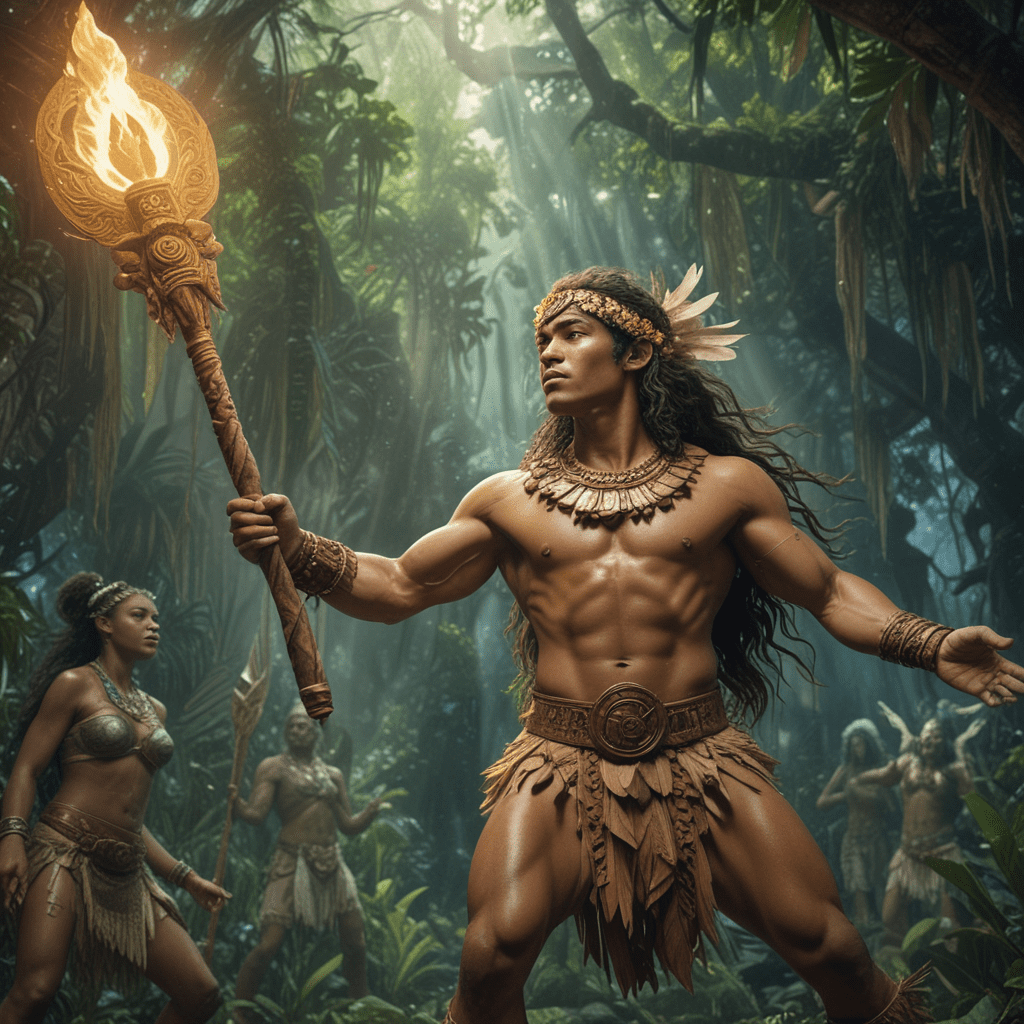The Mountain of the Ancients: Legends of Early Civilizations
Introduction to the Mountain of the Ancients
The Mountain of the Ancients holds a significant place in the lore of various early civilizations, serving as a backdrop for myths, legends, and cultural narratives. This majestic structure has been revered for centuries, standing as a testament to the beliefs and values of those who lived in its shadow. From gods and spirits to monumental events, the legends surrounding this mountain offer insights into how ancient peoples interpreted their world and their existence within it.
Geographical Significance
The Mountain of the Ancients is located in a region marked by diverse ecosystems and rich history. Its towering peaks and rugged terrain not only provide a striking landscape but also create unique microclimates that support various forms of life. The mountain’s geological features include:
- Steep cliffs and deep valleys
- Rich deposits of minerals and natural resources
- Vast forests and alpine meadows
These physical characteristics have made it a vital resource for ancient settlements, which relied on the mountain for food, shelter, and spiritual inspiration. The surrounding areas flourished, benefiting from the mountain’s resources and the legends it inspired.
Mythology and Folklore: A Tapestry of Stories
Legends surrounding the Mountain of the Ancients weave a rich tapestry of mythology and folklore. Common themes found in these stories include:
- The creation of the world and humanity
- Divine beings residing within the mountain
- Epic battles between good and evil
These myths reflect the values and beliefs of early civilizations, illustrating their understanding of nature, the cosmos, and the human condition. They served as a means to explain natural phenomena, instill moral lessons, and foster a sense of community among the people.
The Mountain in Early Civilizations: A Comparative Study
Different civilizations have integrated the Mountain of the Ancients into their mythos in unique ways. Here are a few notable examples:
Mesopotamia
In ancient Mesopotamia, the mountain was often associated with the gods, especially in the context of the Epic of Gilgamesh, where it served as a setting for divine encounters and quests for immortality.
Mesoamerica
Mesoamerican cultures, such as the Aztecs and Mayans, regarded the mountain as a sacred place where the earth met the heavens. They built pyramids and temples on its slopes, believing it to be a conduit to the divine.
Himalayan Cultures
In the Himalayan region, the mountain is intertwined with Buddhist and Hindu beliefs, often viewed as the abode of deities. Pilgrimages to its heights are common, symbolizing spiritual journeys and enlightenment.
Archaeological Discoveries and Their Implications
Archaeological excavations around the Mountain of the Ancients have unveiled significant findings that shed light on the lives of ancient peoples. Key discoveries include:
- Ancient tools and artifacts indicating habitation
- Petroglyphs and cave paintings depicting mythological scenes
- Burial sites revealing burial practices and social structures
These discoveries provide invaluable insights into the daily lives, beliefs, and social dynamics of the civilizations that revered the mountain, helping historians piece together their complex histories.
Rituals and Ceremonies: Connection to the Divine
Various cultures performed rituals and ceremonies on the Mountain of the Ancients, viewing it as a sacred site that connected them to the divine. Common practices included:
- Offerings to gods and spirits
- Seasonal festivals celebrating the harvest or solstice
- Ritualistic climbing as a form of penance or pilgrimage
These rituals reinforced the community’s bonds and solidified their identity, emphasizing the mountain’s role as a central figure in their spiritual lives.
The Mountain as a Symbol of Power and Authority
The Mountain of the Ancients also served as a symbol of power and authority. Leaders and empires often utilized the mountain in their narratives, portraying it as a source of strength and legitimacy. Examples include:
- Royal tombs built on its slopes to demonstrate divine favor
- Military campaigns launched to conquer surrounding lands
- Political alliances formed based on shared reverence for the mountain
Through these actions, the mountain became intertwined with the political and social structures of the civilizations that revered it.
Legends of the Ancients: Oral Tradition vs. Written History
The contrast between oral storytelling and documented history plays a crucial role in understanding the legends of the Mountain of the Ancients. Oral traditions, passed down through generations, often change and evolve, reflecting the community’s current values and beliefs. In contrast, written records offer a more static account of history. This interplay affects:
- Cultural identity and continuity
- The preservation of myths and legends
- How societies remember their past
The stories told around the mountain not only preserve history but also shape the collective identity of these cultures.
Modern Interpretations and Cultural Legacy
Today, contemporary cultures continue to remember and reinterpret the legends of the Mountain of the Ancients. These ancient stories have found their way into modern literature, film, and art, influencing:
- Fantasy literature that draws on mythological themes
- Media portrayals that reflect cultural heritage
- Tourism that celebrates ancient sites and stories
By embracing these narratives, modern societies connect with their past, ensuring that the legacy of the mountain endures.
Conclusion: The Enduring Legacy of the Mountain of the Ancients
In conclusion, the Mountain of the Ancients represents more than just a physical landmark; it embodies the history, beliefs, and cultural narratives of early civilizations. Preserving these legends is crucial for understanding human history and culture, allowing us to reflect on our shared past and the values that continue to resonate today. The mountain stands as a monument to the enduring power of storytelling and the intricate relationship between humanity and the natural world.




